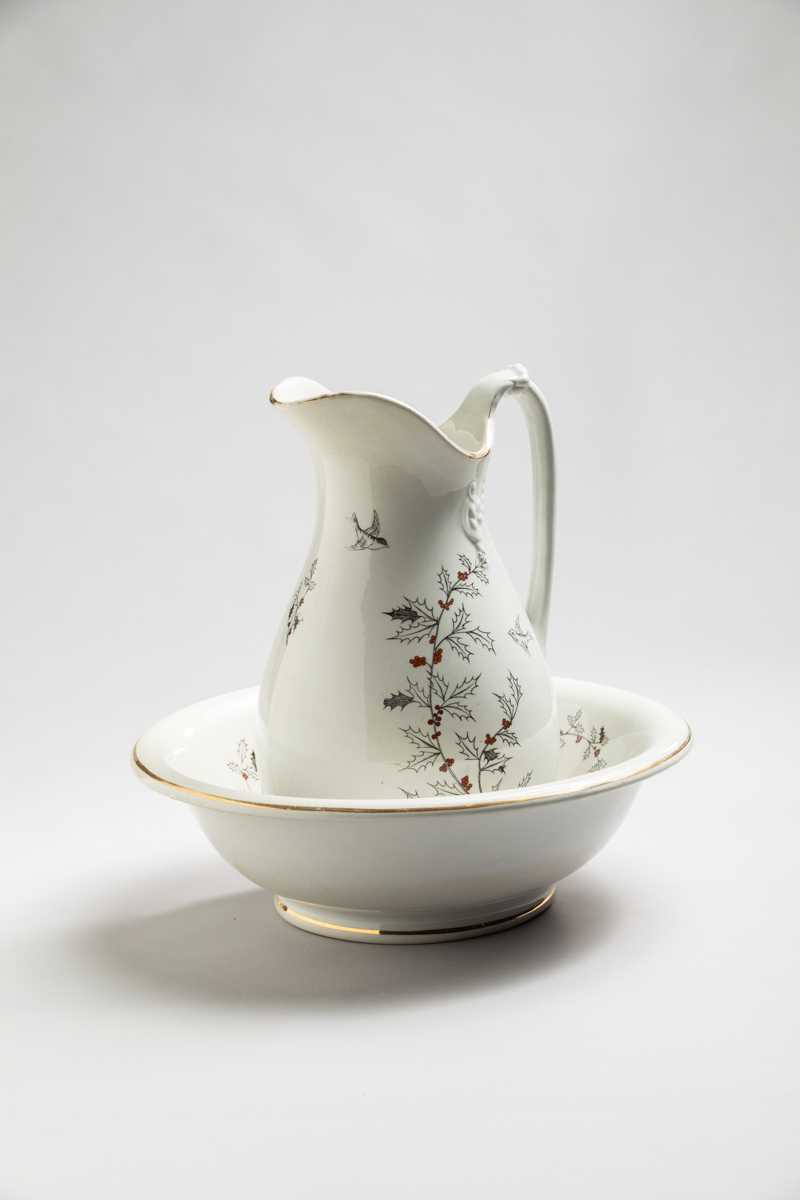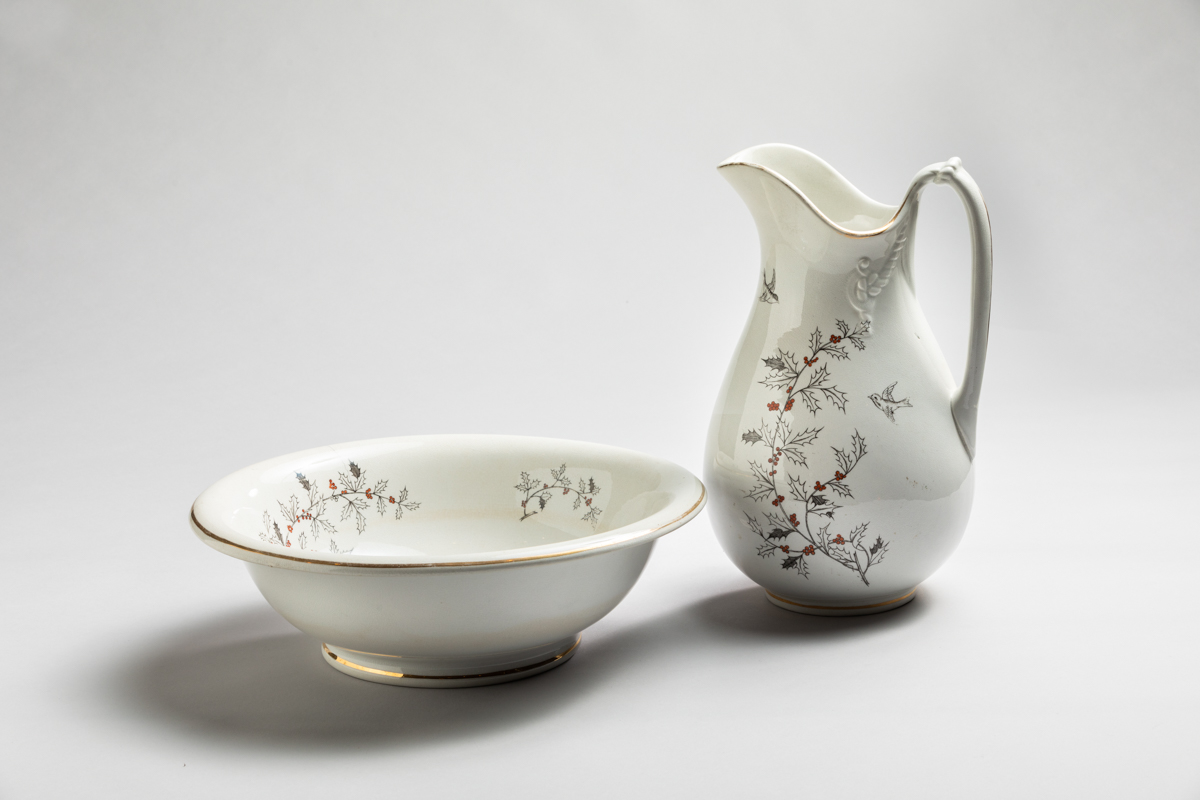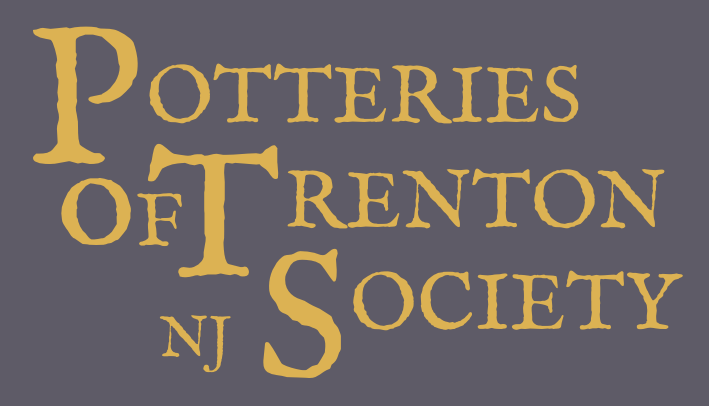Clinton Street Pottery
In operation 1863-1869
Wares
Cream-colored ware, white granite ware (Mains and Fitzgerald 1877; Goldberg 1998:36-37)
Notes
“In the spring of 1863, Mr. Charles Coxon built two kilns on the present site, which with auxiliary buildings, formed a frontage of one hundred feet on Clinton Avenue. Shortly afterwards an addition of thirty-three feet was made to the frontage. In August of that year, Mr. John F. Thompson entered into a co-partnership with Mr. Coxon, and the firm became Coxon and Thompson. The manufacture of C.C. ware was commenced, on the opening of the pottery by Mr. Coxon, which met with success. At the end of the first year the manufacture of W.G. ware was begun, which also was successful.”
— Mains, Bishop W. and Fitzgerald, Thomas F. 1877-1879. Mains and Fitzgerald’s Trenton, Chambersburg and Millham Directory: Containing the Names of the Citizens, Statistical Business Report, Historical Sketches, a List of the Public and Private Institutions, Together with National, State, County, and City Government. Bishop W. Mains & Thomas F. Fitzgerald, Trenton, New Jersey.
Selected References
“The Manufactories of Trenton. Article II. The Pottery Trade.” Trenton State Gazette, Monday, August 27, 1866.
Mains, Bishop W. and Fitzgerald, Thomas F. 1877-1879. Mains and Fitzgerald’s Trenton, Chambersburg and Millham Directory: Containing the Names of the Citizens, Statistical Business Report, Historical Sketches, a List of the Public and Private Institutions, Together with National, State, County, and City Government. Bishop W. Mains & Thomas F. Fitzgerald, Trenton, New Jersey.
Woodward, E.M. and John F. Hageman. 1883. History of Burlington and Mercer Counties. Everts and Peck, Philadelphia, Pennsylvania.
Van Hoesen, Walter Hamilton. 1973. Crafts and Craftsmen of New Jersey. Associated University Presses, Inc., Cranbury, New Jersey.
Goldberg, David J. 1998. Preliminary Notes on the Pioneer Potters and Potteries of Trenton, N.J.: The First Thirty Years – 1852 – 1882 (And Beyond). Privately published, Trenton, New Jersey.
Other firms at this site:
Other Names
Clinton Street Pottery; Coxon & Company
Block and Lot:
39-1B/1
Historic Street Address:
Clinton Avenue on Belvidere and Delaware Railroad; Clinton Avenue on Perry Street; North Clinton Avenue corner of Ott Street
Municipality:
City of Trenton
Image Gallery


